54 Loyalty And Marketing Stats to Change Your Strategic Game Plan
Far too often, loyalty and marketing are thought of as two separate pages in the business strategy playbook. Marketing is the play to bring new customers in and loyalty is the play that brings old customers back. However, new marketing concepts are taking aim at boosting loyalty and results are showing that marketing to your current customers may be more fruitful than you know.
If loyalty marketing is not currently part of your strategy, here are some insightful statistics that might make you change your game plan:
Let’s start with some customer retention statistics that will change your customer loyalty marketing strategy:
- It costs FIVE TIMES more to acquire new customers than it does to keep current ones. [Forrester]
- Reducing your customer defection rate by 5% can increase your profitability by 25% to 125%. [DestinationCRM]
- According to Gartner Group, 80% of your company’s future revenue will come from just 20% of your existing customers. [Gartner]
- The probability of selling to an existing customer is 60–70%. The probability of selling to a new prospect is 5-20%; (that’s up to 14 times more, or 5 on average). [Marketing Metrics]
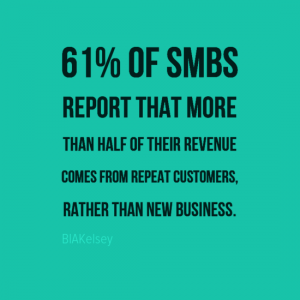 Returning customers spend on average 67% more than first-time customers. [Bain]
Returning customers spend on average 67% more than first-time customers. [Bain]- A 5% increase in customer loyalty would increase the average profit per customer by 25-100%. [TheLoyaltyEffect]
- Disloyalty stunts company growth by 25-50%. [TheLoyaltyEffect]
- 61% of SMBs report that more than half of their revenue comes from repeat customers, rather than new business. [BIAKelsey]
- 58% buy from the stores and brands whose loyalty programs they belong to at least once a month [DailyBreak Media]
- Merchant sales reportedly increase anywhere from 15-50% as a result of communications. [SpotOn]

Want to learn how to text market like a boss? Sign up for our FREE online text marketing course. This course is completely online so you can go at your own pace. We value your privacy and will never sell or give away your information.
Next, let’s consider customer retention statistics that reflect a loyal customer’s ability to influence their friends:
- 43% of consumers are more likely to buy a new product when learning about it on social media. [Nielsen]
- Customers are 77% more likely to buy a new product when learning about it from family and friends. [Nielsen]
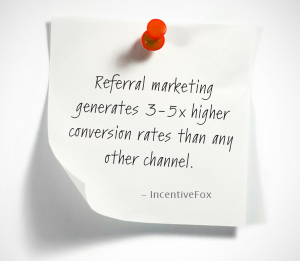 92% percent of consumers around the world say they trust earned media, such as word-of-mouth or recommendations from friends and family, above all other forms of advertising. [Nielsen]
92% percent of consumers around the world say they trust earned media, such as word-of-mouth or recommendations from friends and family, above all other forms of advertising. [Nielsen]- WOM has been shown to improve marketing effectiveness by up to 54%. [MarketShare]
- The average value of a Facebook fan in certain consumer categories is $174. [Syncapse]
- Referrals are 36x more valuable than a cold call, 10x more valuable than a trade show lead, and 4x more valuable than a web lead. [InsideSales]
- Referral marketing generates 3-5x higher conversion rates than any other channel. [IncentiveFox]
- Word of mouth is the primary factor behind 20-50% of all purchasing decisions. [McKinsey]
- The average repeat customer spent 67% more in months 31-36 of his or her shopping relationship than in months 0-6 [Bain]
- Over time, a Facebook fan of a brand will spend 50% more than those who are not. [Collective Bias]
These brand loyalty statistics will help you find an advantage over the competition:
- 72% of marketers do not recognize and leverage the value of customer referrals. [Loyalty360]
- Only 39% of marketers use referral marketing regularly. [Gigaom]
- 45% of marketers who use referral marketing regularly acquire more than 35% of their new customers with it. [Gigaom]
- Most corporations lose 50% of customers ever 5 years, 50% of employees every 4 years, and 50% of investors in less than 1 year. [TheLoyaltyEffect]
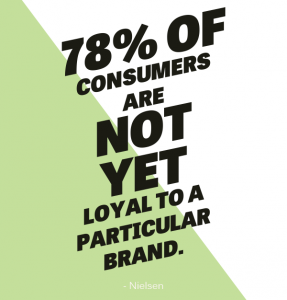 78% of consumers are not yet loyal to a particular brand. [Nielsen]
78% of consumers are not yet loyal to a particular brand. [Nielsen]- Only 34% of SMB owners have any loyalty program at all, and of those who do, the majority are offline. [BIAKelsey]
- 2014 marked a dynamic shift wherein SMB owners transitioned from spending the majority of there marketing budget on acquisition to the majority of their budget on retention; reporting on 14% of the budget still spent on acquisition. [BIAKelsey]
- Of the 3.3 billion loyalty program memberships (29 per household), 58% aren’t actively participated in. [Colloquy]
- The average consumer is enrolled in an average of 10.9 loyalty programs, only active in 7.8. [Bond]
- Socially connected loyalty program members have an 18% lift in spend. [CrowdTwist]
- While 53% of members enrolled in loyalty programs stop actively participating, only 7% officially opt-out. [Maritz]
- 64% of retailers say their loyalty/rewards program is the best way to connect with consumers [Forrester]
And finally, let’s look at some marketing statistics that help us determine our strategy:
- Email marketing is deemed as the most effective digital tactic for building awareness, acquisition, retention, and conversion by 56% of digital marketers. [Gigaom]
- 48% of consumers say that the most critical time to gain their loyalty is when they make their first purchase. [Clickfox]
- The three most important drivers of brand loyalty is (1) a great product, (2) brand recognition and (3) trust. [NewsCred]
- 72% of social media followers are more likely to make a future purchase. [Twitter]
- Nearly 2/3 Americans switch brands due to price. [Nielsen]
- 63% of women and 53% of men say they will stay with a brand longer when earning rewards. [Cherry London]
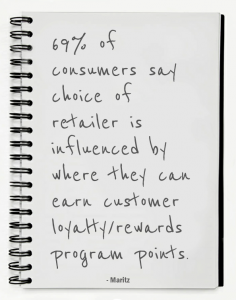 Receiving rewards influences behavioral metrics across both sexes: 65% said it impacts frequency of purchase, 64% said it influences the amount they spend and 69% said that it influences brand trial [Cherry London]
Receiving rewards influences behavioral metrics across both sexes: 65% said it impacts frequency of purchase, 64% said it influences the amount they spend and 69% said that it influences brand trial [Cherry London]- 57.4% of consumers join loyalty programs to save money, 37.5% to receive rewards. [TechnologyAdvice]
- 67% of customers said surprise gifts are very important for loyalty programs. [CrowdTwist]
- 69% of consumers say choice of retailer is influenced by where they can earn customer loyalty/rewards program points. [Maritz]
- 50% of consumers changed their behavior to reach a higher tier within a loyalty program [Colloquy]
- Fees are the leading reasons consumers won’t join loyalty programs. [Bond]
- SMB that send loyalty members two to three communications per week see three times more customer visits than businesses that do not send any communications. [SpotOn]
- Businesses that send more than 13 communications per month see reduced customer visits. [SpotOn]
- Marketing campaigns that include a redeemable offer see open rates more than 20% higher than non-promotion emails. [SpotOn]
- 79% of U.S. consumers who’ve “Liked” a brand on Facebook did so in order to receive discounts or other incentives. [Nielsen]
- Facebook fans visited the store 30% more than a typical customer per year. [Collective Bias]
- 73% of smartphone users are interested in interacting with their programs through their mobile device. [Maritz]
- Nearly a third of consumers have subscribed to mobile marketing from brands, but 35% of them aren’t getting relevant messaging. [Responsys]
- Customers are 43% more likely to make a purchase when mobile offers are part of an orchestrated campaign that unfolds over time across multiple channels. [Responsys]
- Mobile offers are redeemed 10x more frequently than print offers. [eMarketer]
- The open rate of SMS messages is 98% compared with 22% for emails. [Venture Beat]
Loyalty Marketing Gives You The Most Bang for Your Buck
So what did we learn? Here are my two cents. While it’s enticing to put all of your marketing efforts into obtaining new clients, these loyalty and marketing stats show that targeting your existing clients is the way to go. Not only can you significantly increase profits by bringing clients back more often, but they can be a great source of new customers as they bring their friends.
In addition, the statistics behind a communication based loyalty platform is overwhelming. Do all that you can to make sure there is a social aspect to your loyalty program. Don’t let your customers go too long without communication and don’t worry about over communicating. Most business error on the side of under-communication rather than sending far too much. In the end, a dollar from an old customer is just as green as a dollar from a new customer, but it will likely be less costly to get that old dollar in the door!
-
[…] The average consumer is enrolled in 10.9 loyalty programs. […]
Leave a CommentYou must be logged in to post a comment.
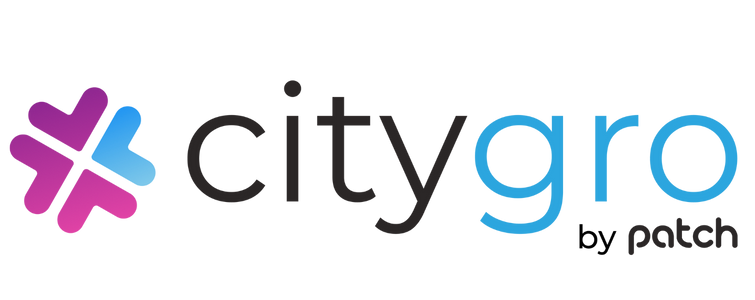

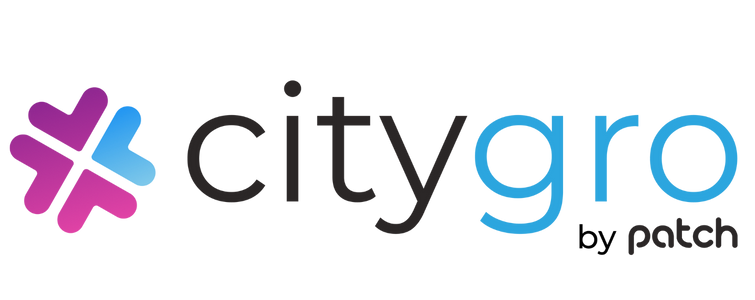



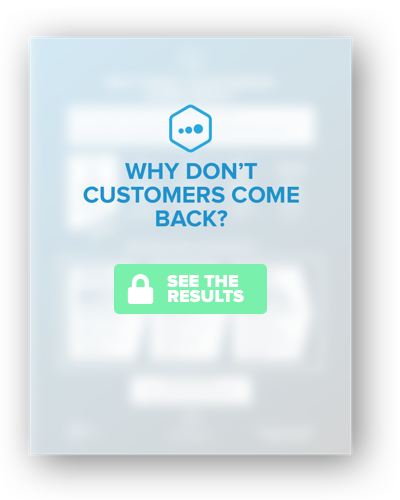
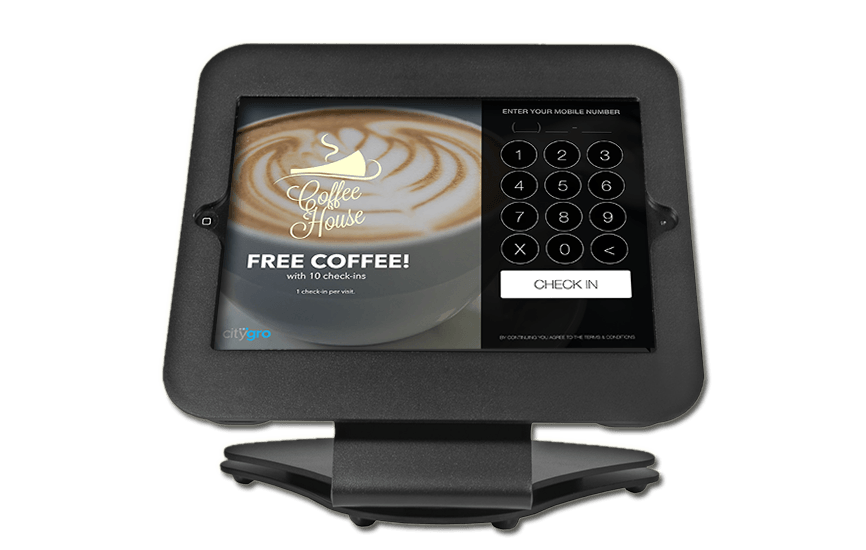 Get this section from Jon. Get this section from Jon. Get this section from Jon. Get this section from Jon. Get this section from Jon. Get this section from Jon. Get this section from Jon. Get this section from Jon. Get this section from Jon.
Get this section from Jon. Get this section from Jon. Get this section from Jon. Get this section from Jon. Get this section from Jon. Get this section from Jon. Get this section from Jon. Get this section from Jon. Get this section from Jon.
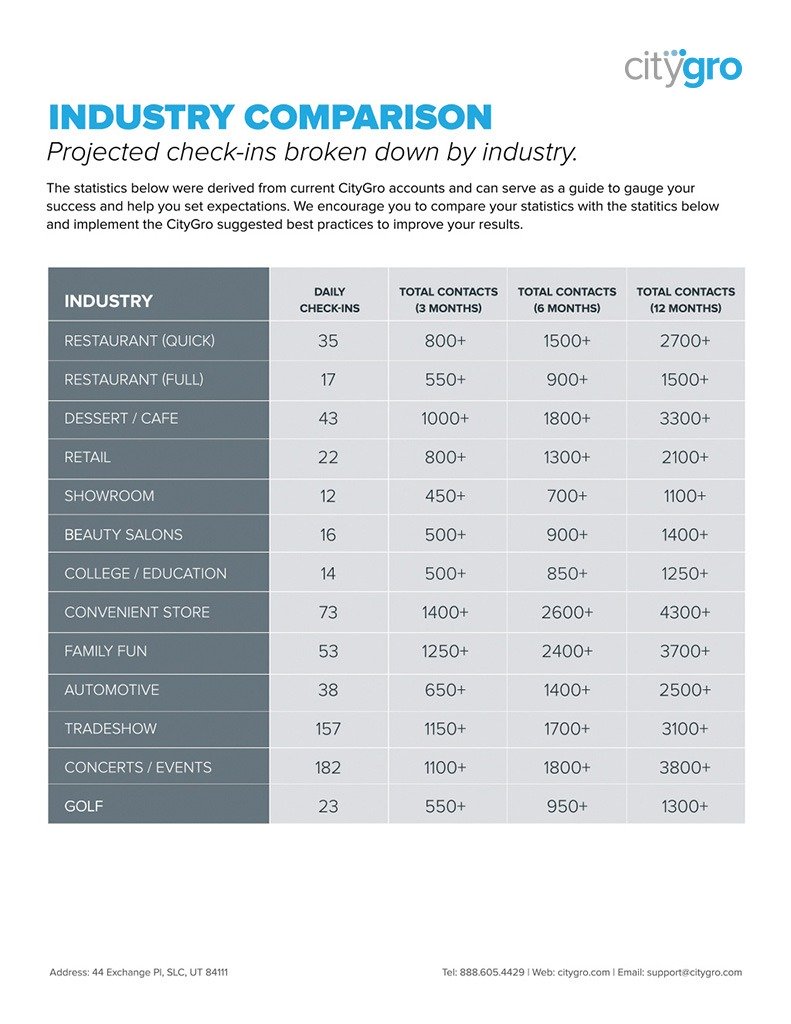

There’s a lot to absorb. Thanks for taking the time to put together this list and posting!